As a major country in intellectual property applications, applicants in China, whether enterprises or individuals, have varying degrees of urgency to obtain patent authorization quickly. In response to different needs, the China National Intellectual Property Administration (CNIPA) has introduced a series of policies to expedite examinations.
Apart from the previously introduced Patent Prosecution Highway (PPH) accelerated program, China also has the Patent Rapid Preliminary Examination Procedure and the Patent Prioritized Examination Procedure. The Rapid Preliminary Examination Procedure is the fastest but only applicable to Chinese applicants. The Patent Prioritized Examination Procedure is also applicable to applicants from other countries.
This article provides a quick overview of China’s patent prioritized examination.
01. Comparison of Authorization Periods Between Prioritized Examination and Regular Application
| Application Type | Prioritized Examination Authorization Period | Regular Application Authorization Period |
|---|---|---|
| Invention | 7-12 months | 22-36 months |
| Utility Model | Around 2 months | Around 8 months |
| Design | Around 1 month | Around 6 months |
02. Six Situations for Prioritized Examination of Patent Applications
- Involves national key development industries such as energy conservation and environmental protection, new generation information technology, biotechnology, high-end equipment manufacturing, new energy, new materials, new energy vehicles, and intelligent manufacturing.
- Involves industries encouraged by provincial and municipal governments.
- Involves rapidly updating technologies or products in fields such as the internet, big data, and cloud computing.
- The applicant has made implementation preparations or has started implementation, or has evidence that others are implementing their invention.
- The first application for the same subject matter was filed in China and then in other countries or regions.
- Other significant cases of national or public interest requiring prioritized examination.
Special Note: You can also check whether it falls within the recommended scope for prioritized examination using the “Classification Table of Emerging Industries and International Patent Classification.”
03. Limitations on Regions and Quantity for Prioritized Examination
- Patent applications are automatically allocated to local agencies based on the applicant’s region.
- Each region has an annual limit on the number of applications that can be processed. If a single applicant submits a large number of applications at once or repeatedly submits a certain number of applications each month, they will be notified via phone or other means to provide an explanation. Without an explanation, the applications will not be recommended.
04. Scope of Applicable Prioritized Examination
- Substantive examination stage of invention patent applications.
- Utility model and design patent applications.
- Reexamination of invention, utility model, and design patent applications.
- Invalidity declarations of invention, utility model, and design patent applications.
05. Materials Required for Submitting Prioritized Examination
- Information on existing technology or existing design. Special Note: The filing date and publication date of the above patent documents must be before the filing date of the prioritized examination case; otherwise, they cannot be used as valid documents.
- Relevant certification documents signed by all applicants. Special Note: The explanation in the certification document should be specific to the lowest-level title (i.e., the third-level title) in the “Guideline Catalog for Key Products and Services of Strategic Emerging Industries,” otherwise it may require correction. For applications submitted through the Paris Convention or PCT route, no additional certification documents are needed.
- Power of attorney signed by all applicants. Special Note: If the patent application is submitted by the currently commissioned agency, no power of attorney is needed.
- If the first application for the same subject matter was filed in China and then in other countries or regions, and a prioritized examination is requested through the PCT route, PCT forms 202, 102, 105, and PCT forms 220, 237, 210 need to be provided. If submitted through the Paris Convention route, the acceptance notice and payment receipt, as well as their full translations, need to be provided. Special Attention: Whether submitted through the PCT route or the Paris Convention route, the applicant must be consistent with the current prioritized examination case applicant.
06. Submission and Examination Procedure of Prioritized Examination
- After entering substantive examination for invention patents, and after receiving the acceptance notice and paying the corresponding official fees for utility models and design patents, you can submit a prioritized examination request through the “Patent Business Handling System” of the CNIPA, filling out the request information and uploading the prioritized examination materials.
- After the local agency approves the recommendation, the CNIPA will issue a “Notice of Prioritized Examination of Patent Application,” and the patent will enter the prioritized examination process. If not approved, a statement of opinions and relevant prioritized examination documents must be submitted.
- Once the prioritized examination request is approved, the CNIPA will issue the first examination opinion notice for invention patent applications within 45 days. The response period is 2 months from the date of issuance. The same response period applies to other communications. If no response is provided within the period or the case is authorized or rejected, the prioritized examination process ends.

